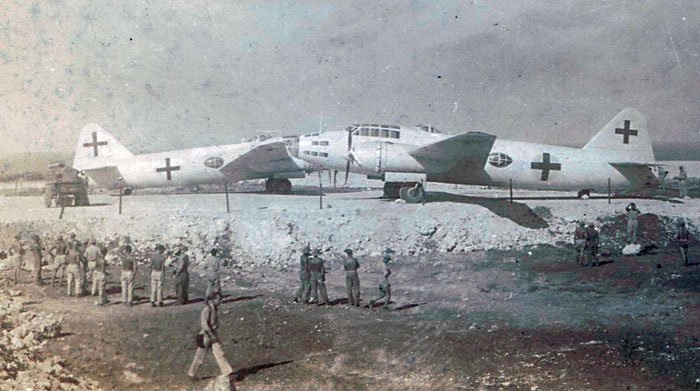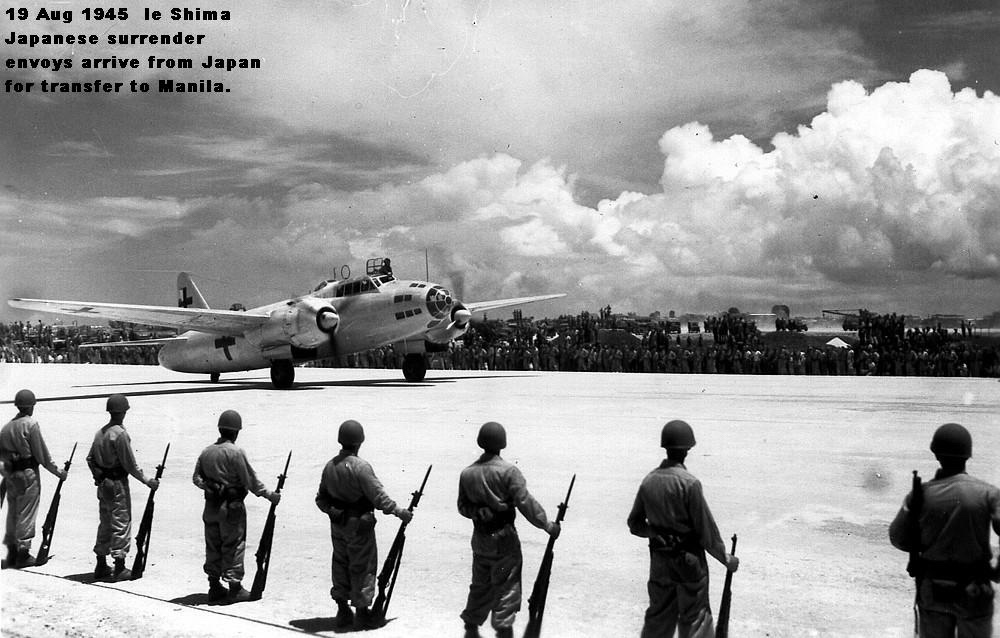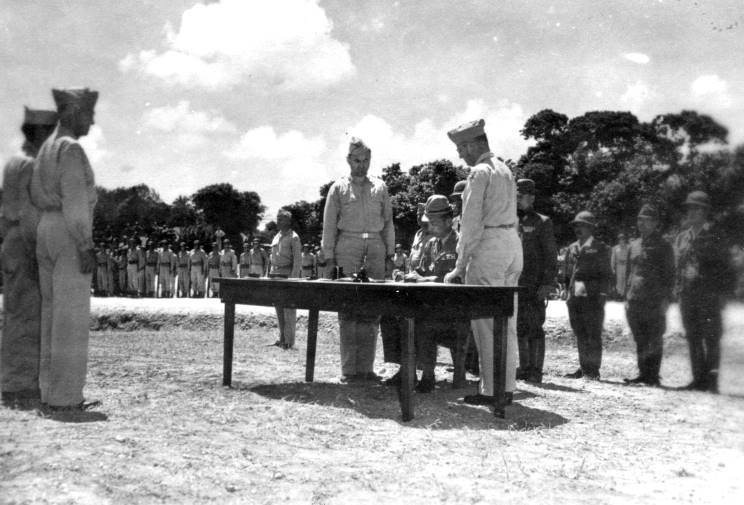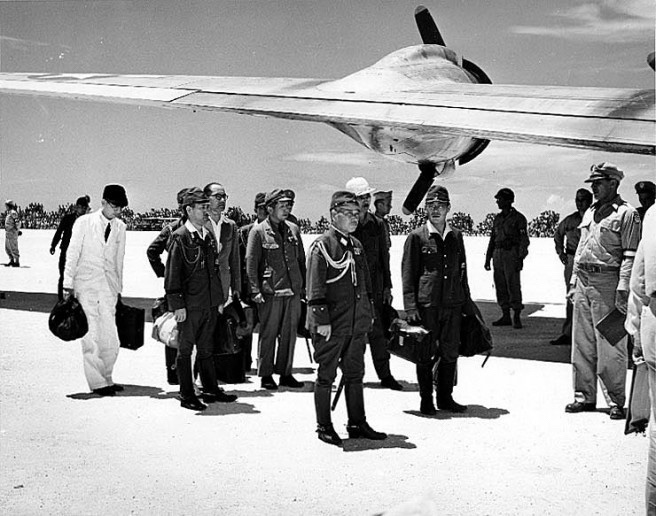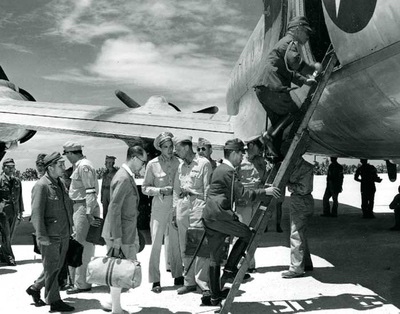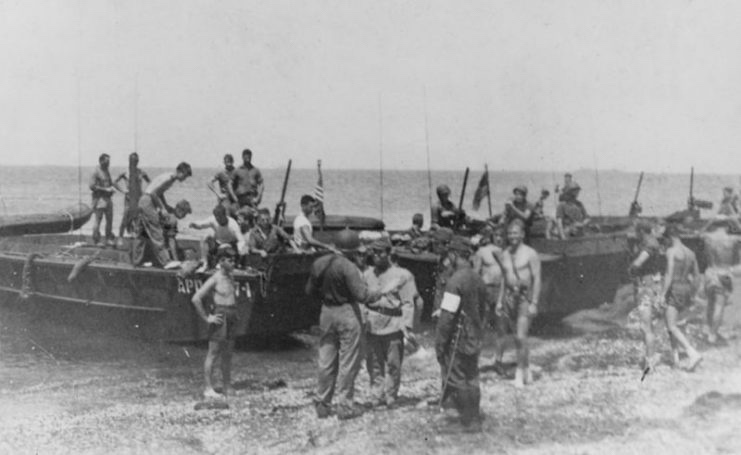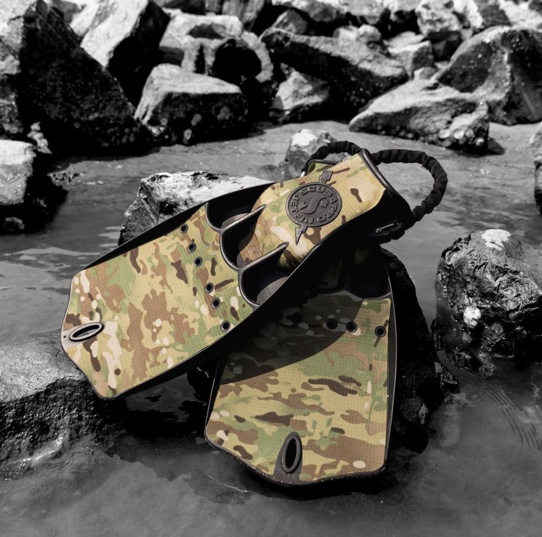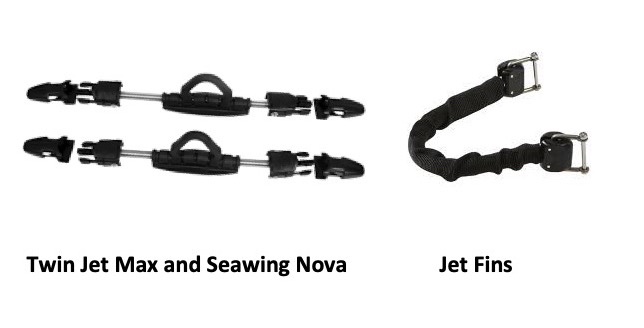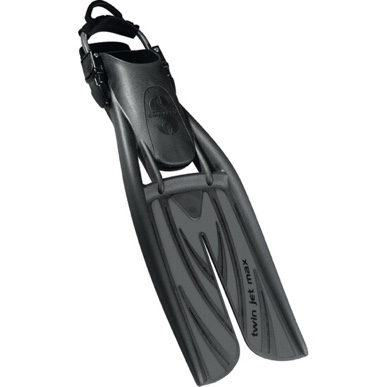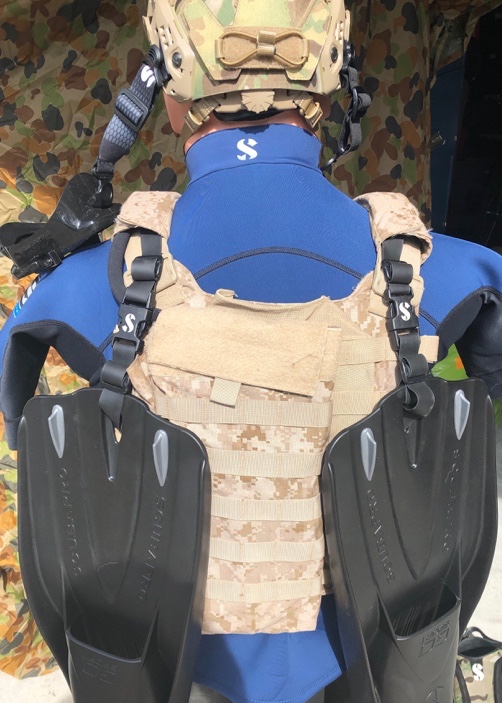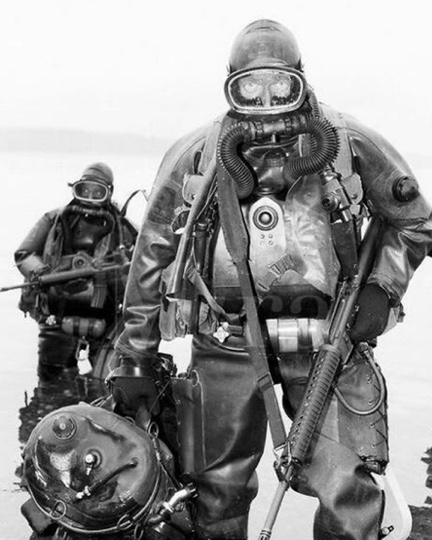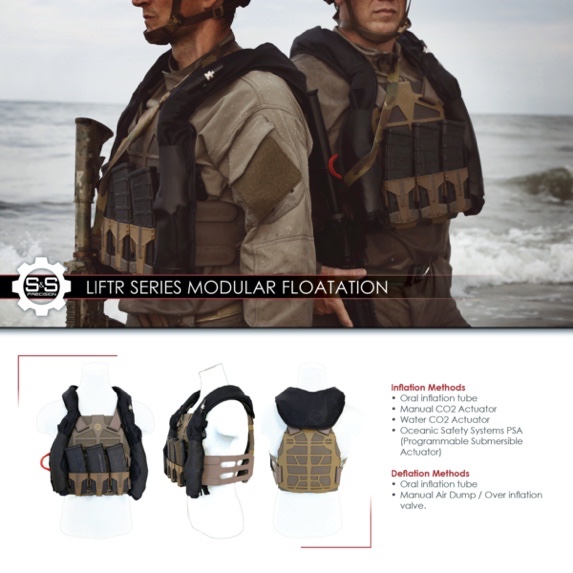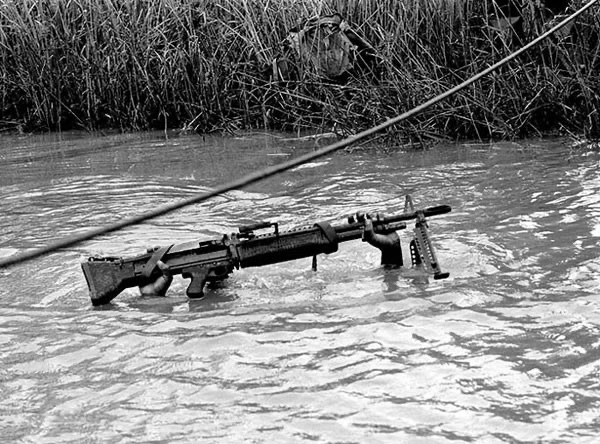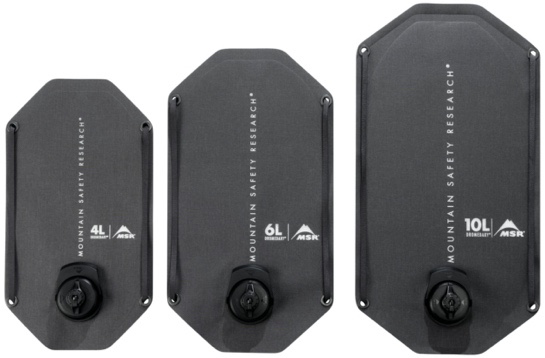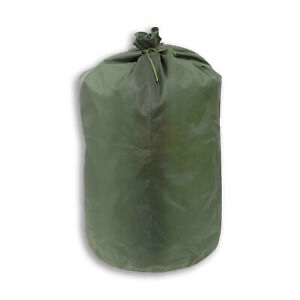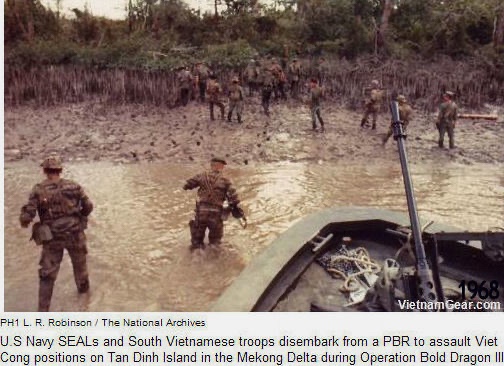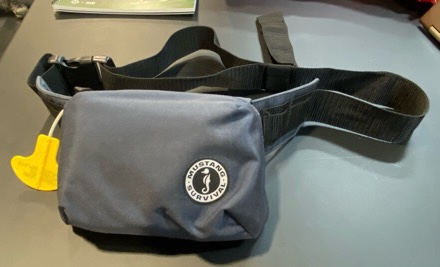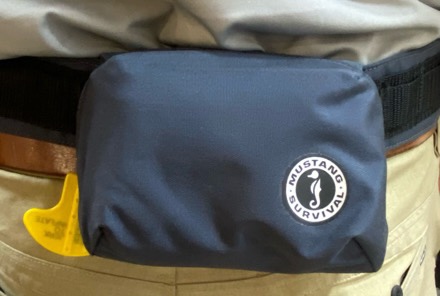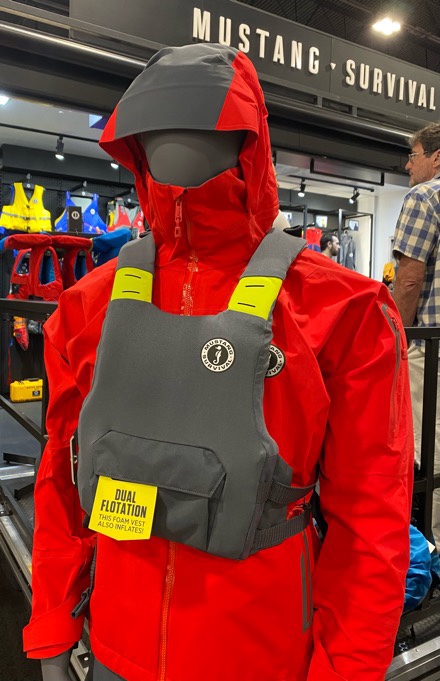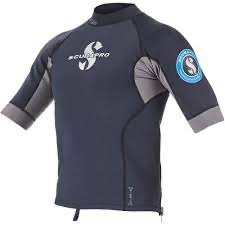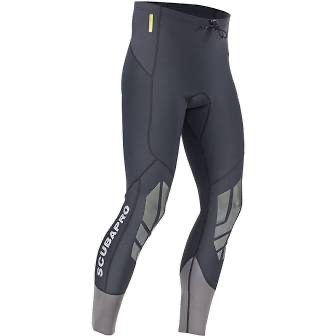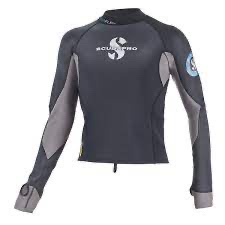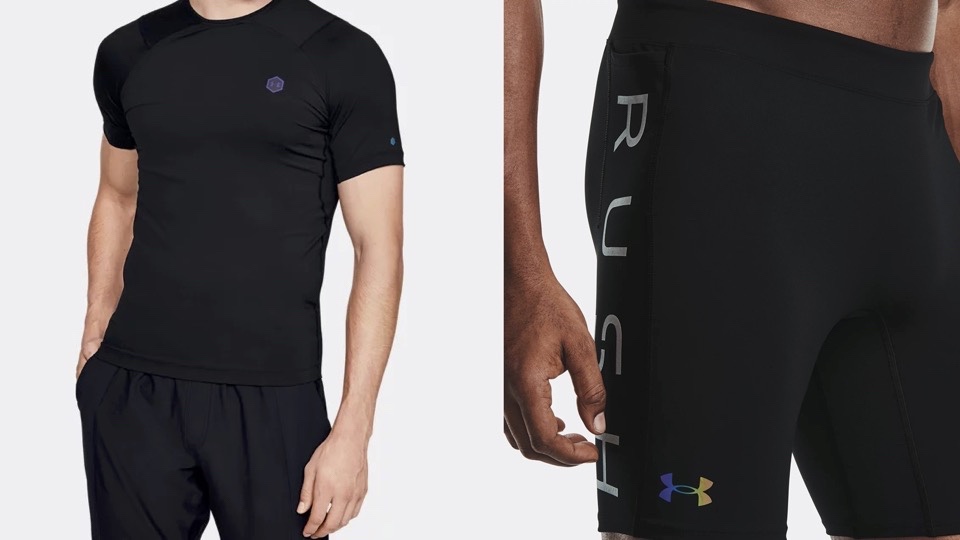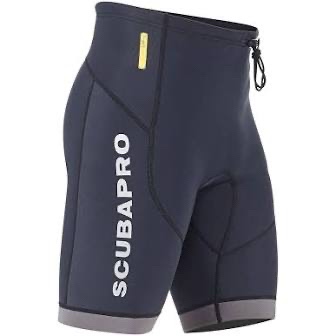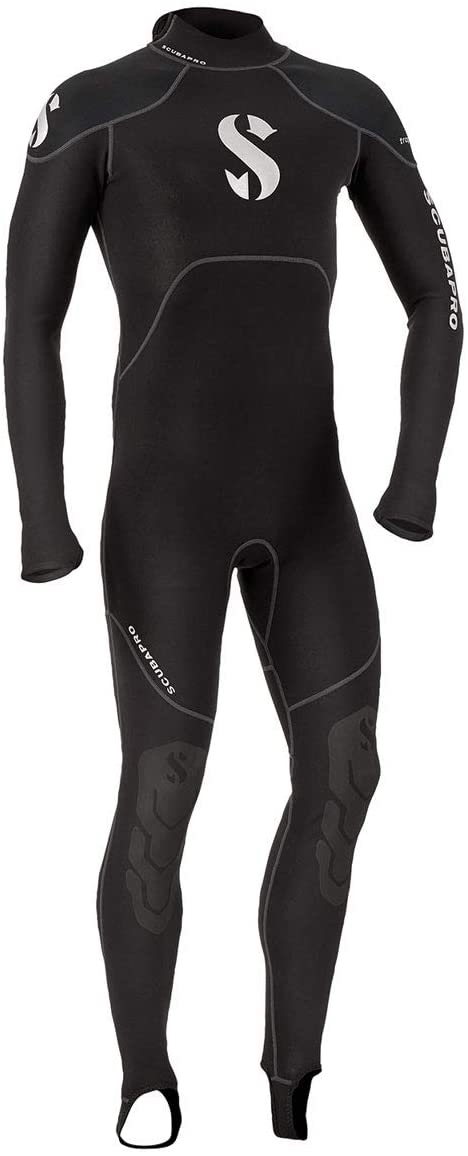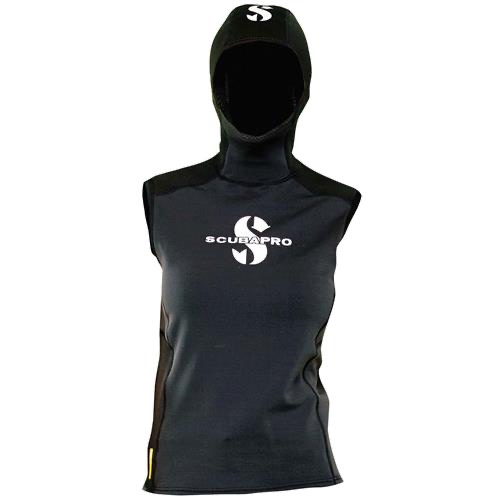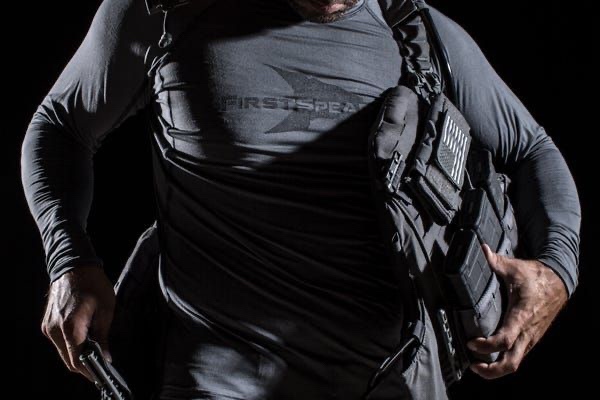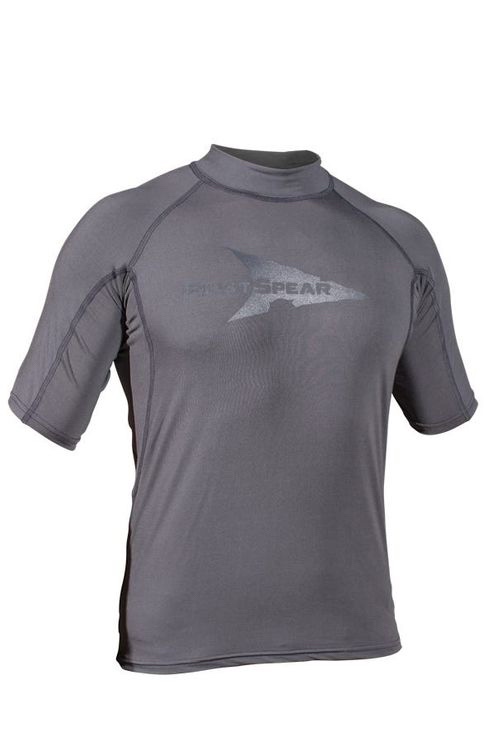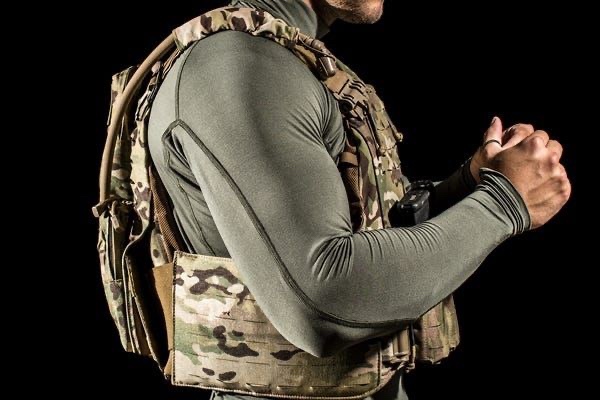Travelling for the first time outside of its native Sweden Saab’s Combat Boat 90 NG (CB90), a new generation of this fast assault craft, has toured the Thames visiting London landmarks. The combat boat will be shown from 14-17 September at the DSEI exhibition taking place at ExCeL London.

Photo: Jamie Hunter
Building on the previous generation of more than 250 boats operating worldwide, the CB90 Next Generation (CB90 NG) features new capabilities. Designed to swiftly transport marines and other forces, CB90 NG is renowned for the ease by which troops can rapidly get on-shore and depart again, be it a beach or an awkward, elevated rocky shore. Depending on the mission, CB90 NG can take on different roles such as to search for threats, share intelligence, rapidly deploy troops and attack the enemy. CB90 NG includes a new combat management system and sensors for surveillance, ballistic protection, as well as further improved stealth, manoeuvrability and speed. By providing amphibious forces with multi-mission capabilities, CB90 NG is an even more potent means by which to project force from the sea.
“It’s great to have CB90 NG here in London on its first visit outside of Sweden. We are proud of our combat boat and the capability it offers to our partners, and feel privileged to show it off to Londoners on the Thames today,” said Magnus Lewis-Olsson, Chairman of Saab UK.
CB90 NG has potential applications with specialist military units such as the Royal Marines Future Commando Force and the Littoral Strike Groups. The example of CB90 NG seen on the Thames and shown at DSEI this week was recently delivered to the Swedish Navy, with the designation Docksta CB 90HSM. It is representative of how CB90 Next Generation is customised to meet a customer’s requirement, and DSEI gives armed forces the chance to see and learn more about this adaptability in person.
The exceptionally fast and agile combat boat has a top speed well beyond 40 knots and can carry up to 21 amphibious troops with full equipment. Additionally it can be armed with large calibre machine guns, a MK19 grenade launcher, naval mines and depth charges, as well as Saab’s own Trackfire (a remote weapons station that enable weapons to fire with superb accuracy whilst the boat is on the move).
CB90 Next Generation will put on displays twice-daily as part of DSEI’s waterborne demonstrations outside the main hall. Saab is welcoming visitors to DSEI to come along to where the craft will be docked on the Royal Docks to see CB90 NG for themselves.
For over 40 years Saab’s relationship with the UK has empowered defence and security personnel, shared technological developments and helped to keep Britain safe. As a pioneer of innovation, Saab is committed to developing leading-edge technologies and capabilities that drive interoperability and provide the UK with the upper-hand over challenges and adversaries. Saab UK’s collaboration seeks to bring together the best of British and Swedish engineering.
Watch video of the CB90 in action here.


